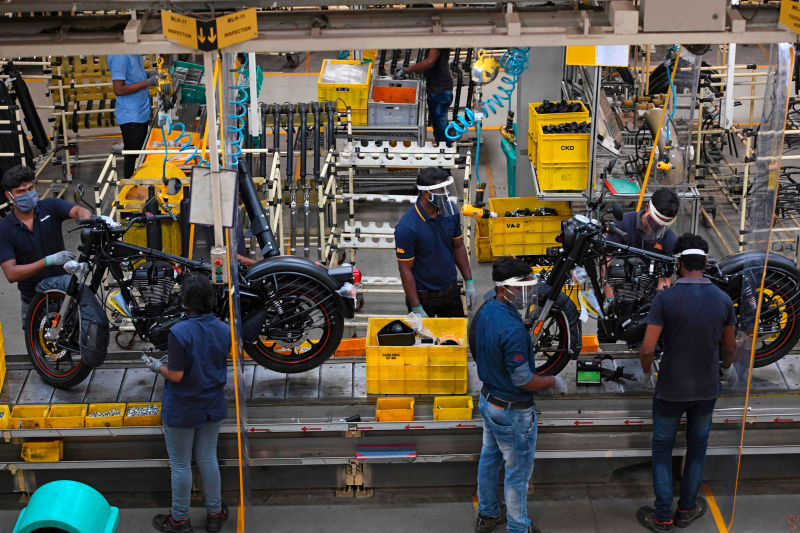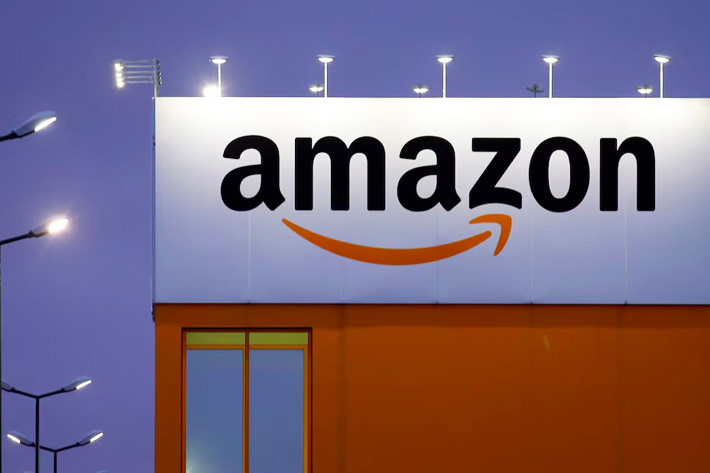India’s factory activity growth accelerated in February as the threat from a third Covid-19 wave eased, while some softening of price pressures meant demand and business expectations strengthened, a private survey showed.
However, the survey was conducted before Russia invaded Ukraine, which led to an immediate surge in oil prices. India is the world’s third-largest importer of oil so the crisis will add to inflationary pressure and hurt consumer sentiment.
The IHS Markit Manufacturing Purchasing Managers’ Index improved to 54.9 in February from 54.0 in January.
February’s reading exceeded expectations for 54.3 in a Reuters poll and was above the 50-mark that separates growth from contraction for an eighth month.
“For now, India’s manufacturing sector has weathered the storm of the Omicron variant, undoubtedly supported by the relatively high inoculation rate,” IHS Markit economist Shreeya Patel said.
Consumer Goods Lead
Output and new orders expanded for an eighth month in a row in February, led by the consumer goods sector on favourable demand and increasing sales.
Growth in international demand for Indian manufactured goods rose marginally to a three-month high.
Business expectations for the next 12 months improved and the index rose to a four-month high on hopes of a return to normality and expansion plans.
However, companies continued to shed jobs for a third month, although the pace of decline was marginal and the slowest in the sequence.
The input prices index was at a six-month low in February but showed raw material costs had risen for a 19th month, driven by higher prices of metals, cotton, chemicals and rubber. Factories passed some of those higher expenses to customers.
“There were, however, some key concerns that continued to threaten growth. Most prominently, cost pressures remained elevated as a result of shortages while delivery times lengthened once again,” Patel added.
India’s economy expanded 5.4% last quarter, slower than the previous two quarters and below 6% growth expected in a Reuters poll.
A jump in oil prices due to the Russia-Ukraine crisis is likely to have a big impact on inflation and the rupee as well as widening India’s current account deficit, slowing growth further.
- Reuters, with additional editing by George Russell
READ MORE:
India’s BPCL Seeks Extra Gulf Oil, Fearing Russian Supply Hit
India’s Mahindra to Invest $400m to Build EVs – Mint
India Agrees To 20% Foreign Stake In Insurer LIC’s Mega IPO
























